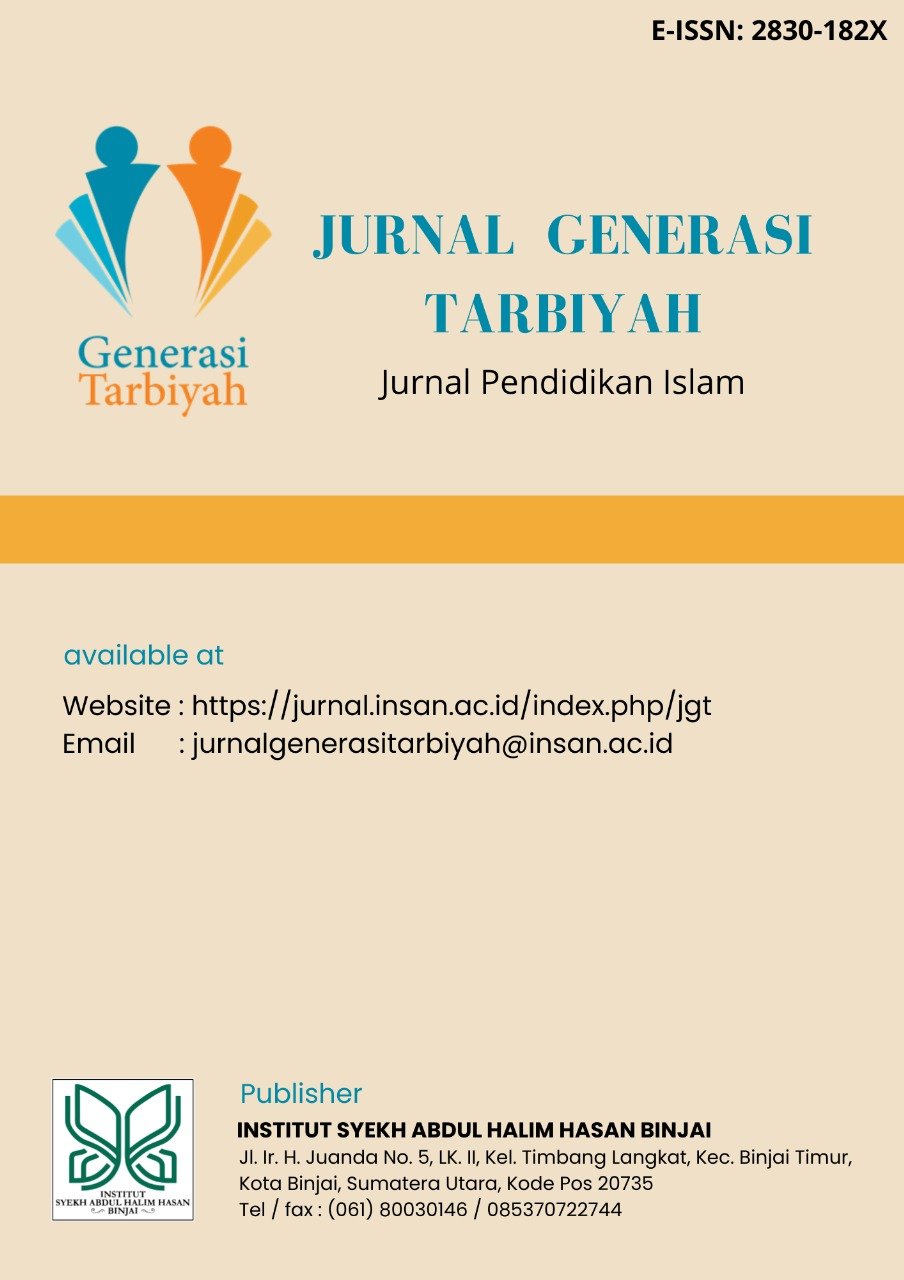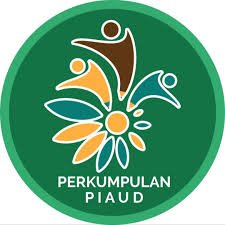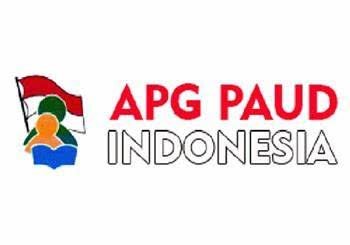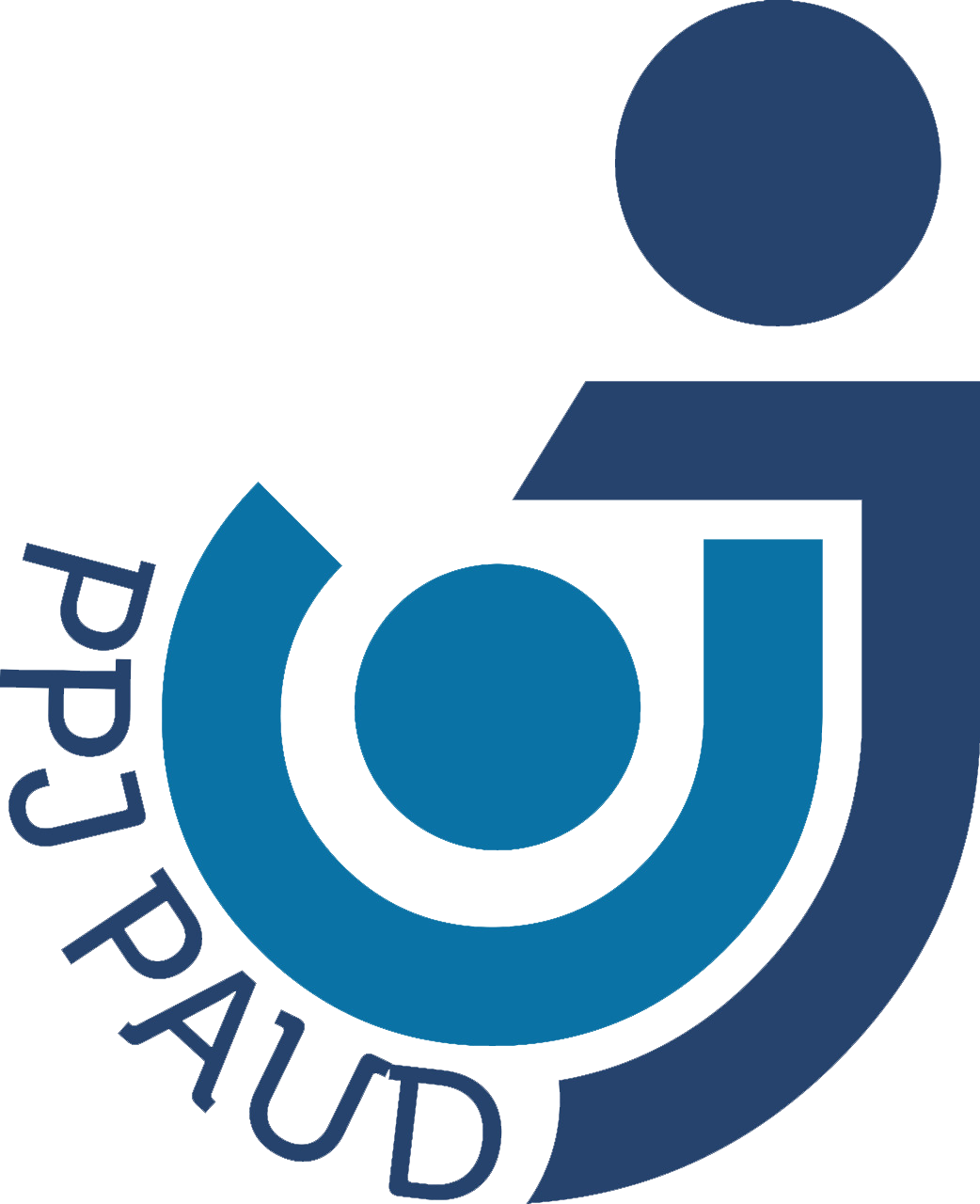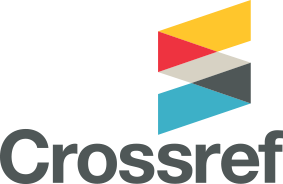EVALUASI KURIKULUM PENDIDIKAN ISLAM DI SEKOLAH DASAR
DOI:
https://doi.org/10.59342/jgt.v3i2.547Keywords:
Islamic Education, Elementary School, Curriculum Evaluation, Understanding Islamic Teachings, Student CharacterAbstract
Islamic education at the elementary level plays a crucial role in forming children's character and morals in accordance with Islamic teachings. Curriculum evaluation is an important step in ensuring the effectiveness and relevance of the curriculum to the objectives of Islamic religious education as well as the needs and social context of students. Although there has been several studies related to the evaluation of Islamic education curricula, there are still research gaps, especially in the elementary school context. Therefore, this research aims to carry out a systematic evaluation of the Islamic education curriculum at the elementary school level by paying attention to important aspects such as the success of achieving educational goals, increasing understanding and practice of Islamic teachings, as well as the relevance of the material to the needs and social context of students. A qualitative approach with a case study design was used in this research involving various research subjects such as teachers, students, parents and school administration staff. The empirical data obtained was then analyzed by considering relevant theoretical frameworks such as constructivism theory, social learning theory, and curriculum development theory. The research results show that evaluation of the Islamic education curriculum in elementary schools has a significant impact in influencing students' understanding and practice of Islamic teachings. Several suggestions for further development were also put forward, including the development of holistic evaluation methods, increased training for teachers, further research on the impact of curriculum implementation, and collaboration between educational institutions, government and religious organizations.
References
Abbas, R., & Sumarno, T. (2013). "Dampak Evaluasi Kurikulum pada Pendidikan Islam: Perspektif dari Siswa Sekolah Dasar." Jurnal Evaluasi Pendidikan, Vol. 22, No. 3, hal. 189-204.
Aziz, Abdul, dkk. (2021). "Peran Kurikulum Pendidikan Islam dalam Membentuk Karakter Siswa: Studi Kasus di Sekolah Dasar." Jurnal Internasional Pendidikan Islam, Vol. 5, No. 2, hal. 123-137.
Hidayatullah, M., dkk. (2020). "Evaluasi Efektivitas Kurikulum Pendidikan Islam di Sekolah Dasar: Wawasan dari Studi Kasus." Jurnal Riset Pendidikan Islam, Vol. 8, No. 1, hal. 45-58.
Marzuki, A. (2017). "Metode Pengajaran dan Pemahaman Siswa tentang Ajaran Islam: Analisis Komparatif." Jurnal Pendidikan Agama, Vol. 25, No. 3, hal. 210-225.
Nasution, F. (2016). "Kerangka Teoretis untuk Memahami Evaluasi Kurikulum dalam Pendidikan Islam: Tinjauan Literatur." Jurnal Studi Pendidikan, Vol. 12, No. 4, hal. 321-335.
Rahman, A., & Nurhayati, S. (2019). "Dampak Evaluasi Kurikulum pada Pendidikan Islam di Sekolah Dasar: Studi Kualitatif." Jurnal Pengembangan Pendidikan, Vol. 15, No. 2, hal. 87-101.
Suyanto, A. (2015). "Teori Pembelajaran Sosial dan Aplikasinya dalam Pendidikan Islam: Studi Kasus di Sekolah Dasar." Jurnal Psikologi Pendidikan, Vol. 30, No. 2, hal. 176-190.
Utami, D. (2012). "Studi tentang Lingkungan Belajar dan Dampaknya pada Pendidikan Islam: Bukti dari Sekolah Dasar." Jurnal Psikologi Pendidikan Internasional, Vol. 28, No. 4, hal. 345-360..
Wahyudi, M. (2014). "Teori Pengembangan Kurikulum dan Implikasinya untuk Pendidikan Islam: Sebuah Tinjauan Umum." Jurnal Studi Kurikulum, Vol. 18, No. 1, hal. 56-70.
Yusuf, B. (2018). "Faktor-faktor yang Mempengaruhi Implementasi Kurikulum Pendidikan Islam: Perspektif dari Guru Sekolah Dasar." Jurnal Pendidikan Islam Indonesia, Vol. 3, No. 1, hal. 34-48.
Downloads
Published
How to Cite
Issue
Section
License
Copyright (c) 2024 Ika Putri Nuryanti, zaini dahlan

This work is licensed under a Creative Commons Attribution-NonCommercial-ShareAlike 4.0 International License.

